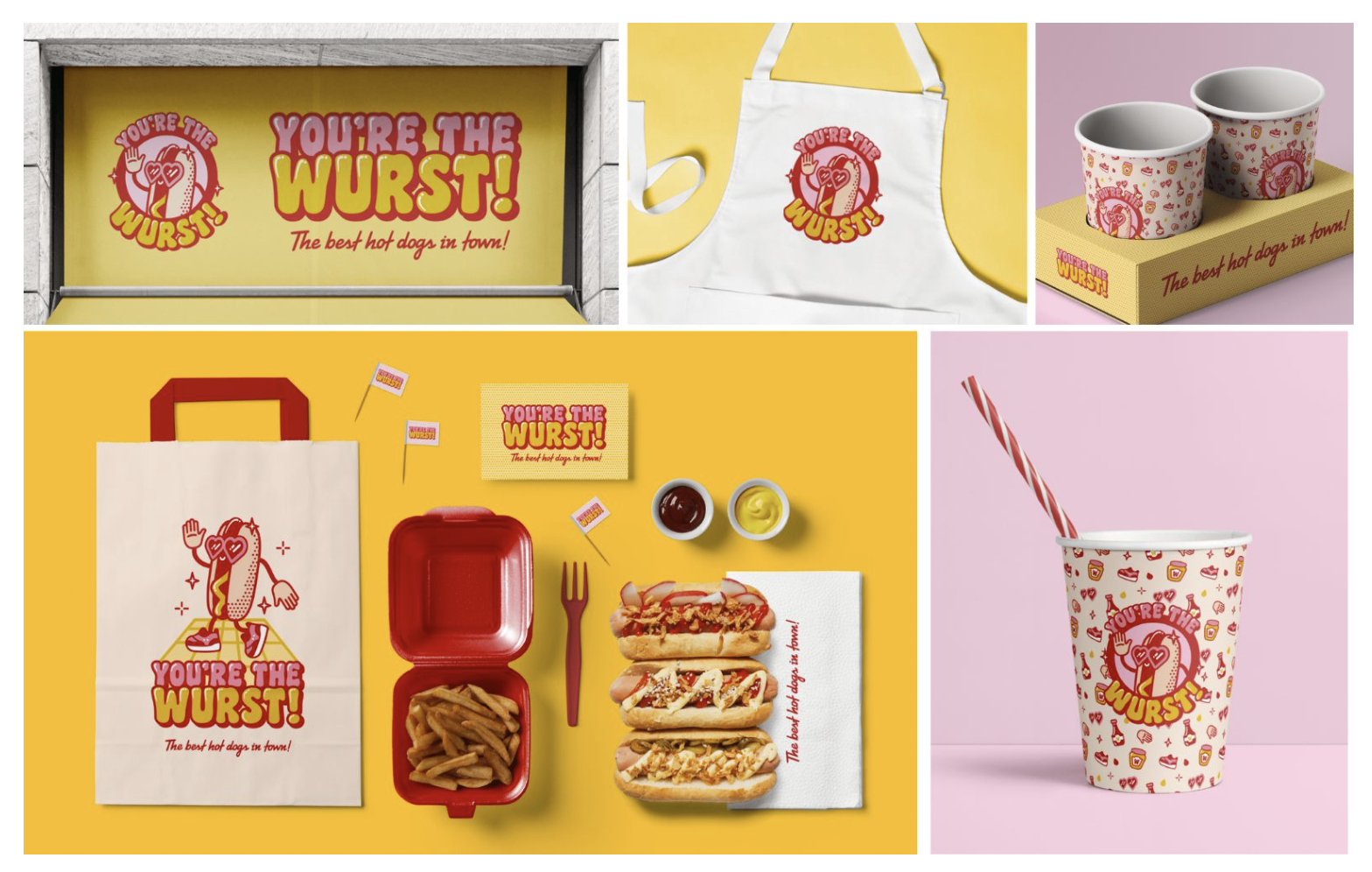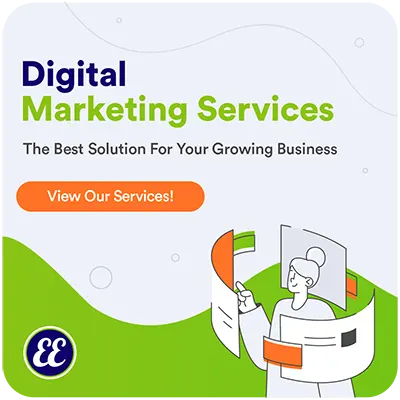If you could put down a hundred dollars today and get a thousand dollars back in just a few months, would you do it? Of course, you would! Investing in the future of your business is difficult when you’re bogged down with day-to-day operations, but the time you spend modernizing your processes is guaranteed to pay off.
Today we’ll be walking through a case study for one of our clients, an Orlando-based home remodeling company, and sharing tips on how modernizing your business can lead to substantial revenue growth. You may be thinking that this information is irrelevant to your industry, but the recommendations in this video and post are applicable to almost any niche.
You can also learn directly from Ellison Ellery CEO, Renee Seltzer. Watch the video below. 👇👇👇
Does Your Business Look Like This?
When Ellison Ellery first got in contact with Magnet Remodeling, they were missing out on a lot of opportunities for growth. They lacked what we would consider some of the basic tools for supporting business growth in the modern age, such as:
- Email follow-up systems
- Customer Relationship Management (CRM) tools
- Landing pages
- A well-designed website
- Tracking of leads and sales (ROI tracking and other metrics)
Clearly, they had a lot of areas to improve upon! Their visual identity was no exception. Customers often make snap judgments about businesses based entirely on aesthetics, so a clean and modern look is much more crucial than it seems.
Building A Brand Identity
Have you ever seen an ugly logo, an awkward advertisement, or a tone-deaf social media post and immediately felt turned off by a brand? It’s not unusual for customers to be alienated by brands whose identities miss the mark, and if your brand is guilty of this, you may not even know it.
Your brand identity is the cornerstone of your business. It determines how potential clients perceive you. Even if you do everything else correctly, a weak brand identity can cause your business to flounder.
And by the way, if you think logos and business cards are all there is to a brand identity, you’re probably leaving money on the table!
Before you can even determine how to best display your brand’s identity, you must first identify:
- What value do you add to your customers’ lives?
- What personality traits does your brand possess?
- What emotions do you want to evoke in prospects?
- Who is your ideal customer and what do they want?
- What problems does your product or service solve?
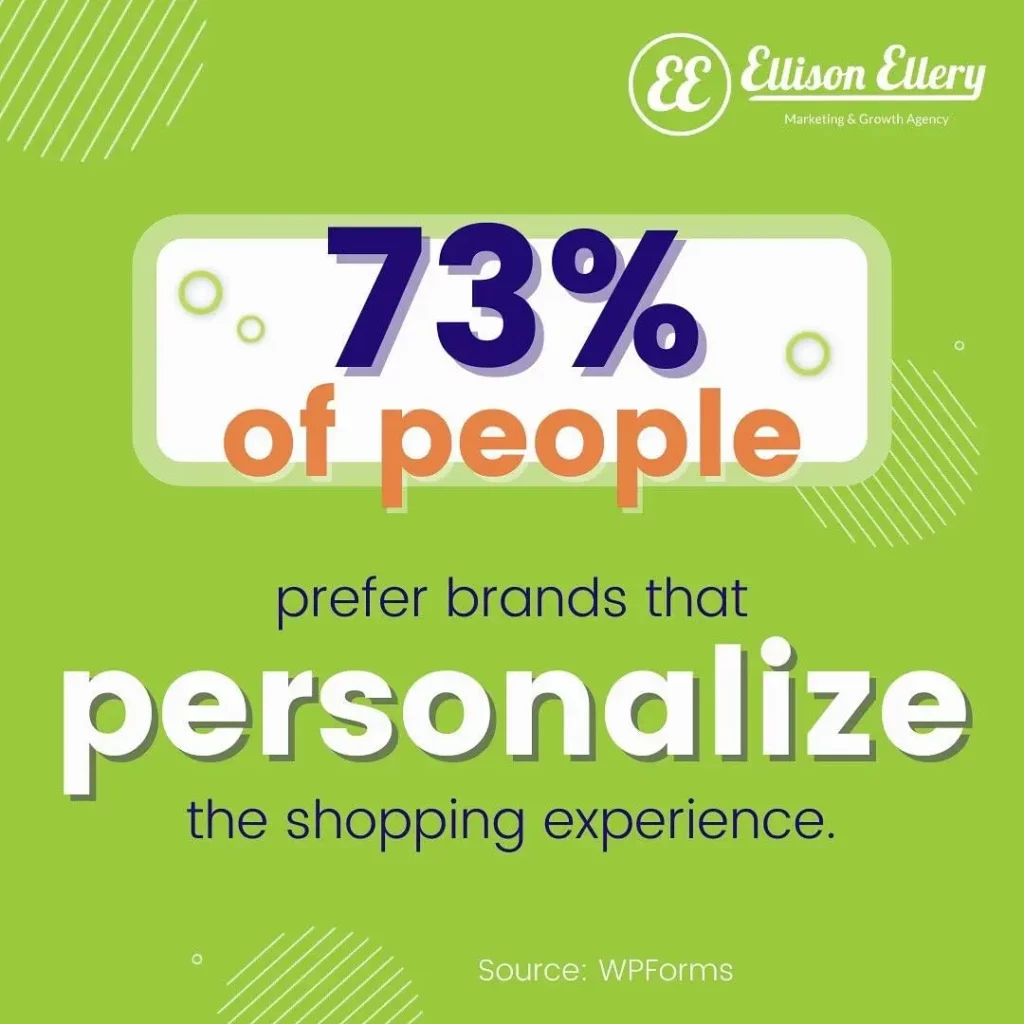
Brand Perception Is Everything
When we first began working with Magnet Remodeling (known then as Magnet Group), they were charging approximately $1,400 per job on average. However, after handing over the reins to Ellison Ellery, they now pull in projects worth over $100,000!
This increase in revenue was not due to a change in the quality of the service. All that changed was how customers perceived Magnet Remodeling’s brand.
One of the first problems we identified was their name. A quick Google search found several companies operating under the same name (Magnet Group) and we decided it was best to rebrand their company as Magnet Remodeling.
The new name may not seem much different, but it has a few key advantages:
- It better describes their services (home remodeling)
- It contains a relevant SEO keyword
- It won’t be confused with other remodeling companies
After changing their business name and updating their logo, we helped the Magnet Remodeling team design and implement car wraps for their entire fleet—the difference between a sparkling, branded truck versus a dirty handyman van is an instant win in terms of customer perception. Not long afterward, Magnet Remodeling started getting more calls and landing larger projects.
In fact, one client offered them a $100,000 project simply because he saw their branded trailer and felt they were the type of company that could handle such a large project! The company’s services were still exactly the same, but their perceived value had risen—that’s the power of brand perception.
You Need Sale Enablement Materials
The next step in the process was to improve Magnet Remodeling’s sales enablement materials. We found that they were having trouble closing deals despite performing a large number of free estimates.
Our solution was to better enable customers to follow through after the estimate by creating branded folders stuffed with goodies. Not only were the folders themselves embellished with the Magnet Remodeling logo and a QR code leading to their website, but they also contained:
- A fillable home remodeling checklist
- A packet describing Magnet’s services
- A business card with contact information.
By providing their customers with something tangible to remind them about the estimate, adding value with the checklist, and providing an accessible way to contact a representative, Magnet Remodeling was suddenly more likely to move forward in the sales process.
It doesn’t end there, though! After completing a project, we also implemented thank you cards (also equipped with QR codes) that made it easy for satisfied clients to leave reviews on Google.
Websites Are A Dime A Dozen
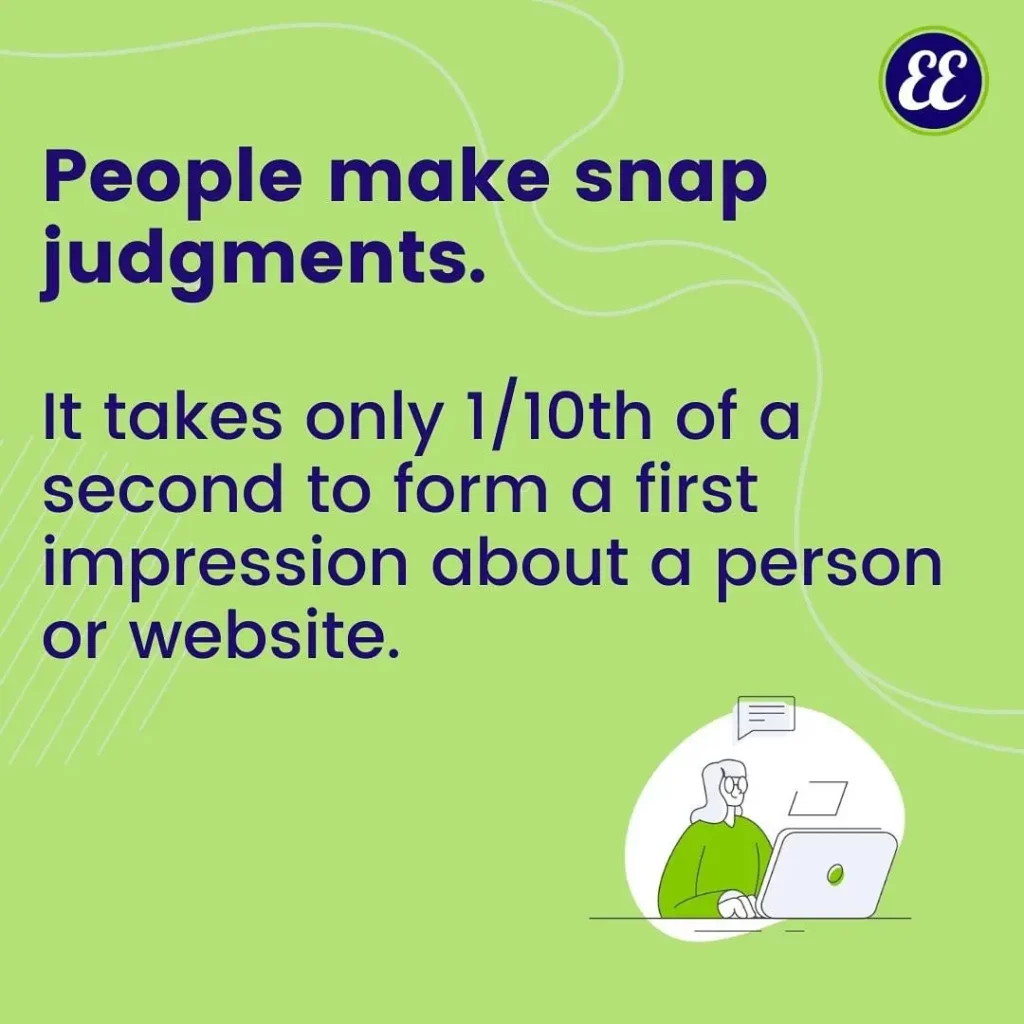
Today, most people use the internet to research their options for products and services they want and determine which companies best suit their needs. It may seem crazy, but your website can go from the shortlist to the garbage in as little as 0.05 seconds. Snap judgments are, unfortunately, the norm when it comes to websites. That’s why you have to make sure yours stands out.
After a quick glance at their outdated website, we determined that Magnet Remodeling would benefit greatly from a makeover!
We engineered a modern site that not only provided a significantly improved user experience, a gallery to showcase their work, and a blog dedicated to educating viewers about home remodeling, but also came equipped with the latest and greatest tracking features to help Magnet’s sales team qualify leads and make more informed decisions about the sales process.
Newsletter Sign up!
Get our best content on digital marketing in your inbox 2 times a month
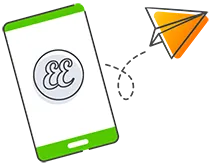
Leveraging Social Media
Adding any old video to YouTube is easy, but creating compelling content is hard. Magnet Remodeling already had a YouTube channel, but they weren’t producing high-quality, branded content, and they were struggling to get views.
After we refined their channel and streamlined their content, their videos began to gain significantly more traction, gaining upwards of 16,000 views despite not having a large number of subscribers!
It just goes to prove that you don’t need a large following to create video content that viewers want to watch. What matters is that you’re producing content that resonates with your audience.
The Importance of CTAs
Calls to action (or CTAs) drive your prospects to take the next step. For example, when prospective customers open your website, they may be lost or unsure of how to get the process started. A CTA acts as a net, pulling your customers in and nudging them in the right direction.
Some examples of CTAs are:
- Free estimates or services
- Downloadable content or “swipe files”
- Limited-time sales offers
You may think that the best solution is to put CTAs everywhere you can, but you don’t want to be too pushy with your customers, or else you may risk pushing them away! Unfortunately, many companies make this mistake by pressuring prospective customers to commit to a sale immediately.
Manage your expectations. Instead of attempting to make the sale right off the bat, allow more time for the customer to gain trust in your brand. Convincing your viewers to make a smaller commitment like simply visiting your website is an excellent start to converting them into paying customers, and they won’t be turned off by an overly salesy pitch.
Once they’ve reached your website, you can continue building a relationship through infographics, quizzes, or checklists. Your goal here is to simply convince them to share their contact information.
Think of it like dating. If you come on too strong, no one will be interested—there’s an exploratory phase, then maybe a second date. You don’t want to get down on one knee before you even shake hands!
The fact is, very few people are in the market to buy the moment they inquire. So what you’re trying to do is build a long-term relationship so that your business is in the front of their mind when they are ready.
Examples of CTAs
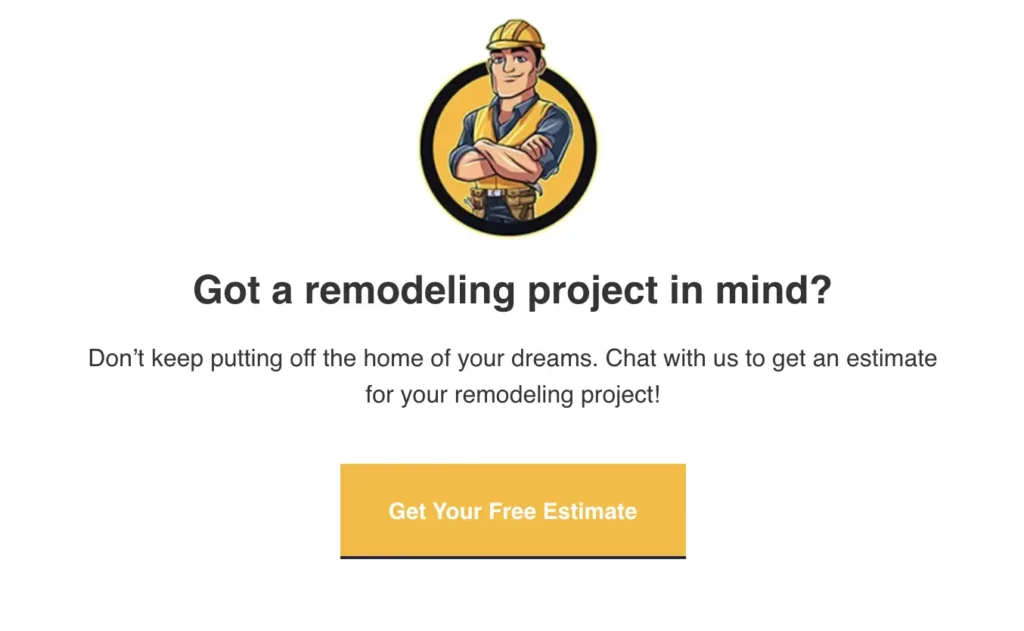

Anchor Text vs. End of Post Banner CTAs
A lot of companies make the mistake of placing their CTAs at the very bottom of their blog posts, but according to research conducted by HubSpot, 93% of their post leads came from anchor text (CTAs or links inside the body of the copy)! We implemented this trick with Magnet Remodeling and were able to drastically increase the level of engagement we saw in blogs.

These CTAs don’t always have to be large graphics! Simply adding a hyperlink to a CTA in the first few paragraphs of your post has been proven to provide great results!
If your blog posts lack strong CTAs, be sure to go back and make the necessary changes to drive your viewers lower down the sales funnel!
Even if you already have CTAs, don’t be afraid to test elements such as:
- Button size and shape
- Button color
- Button text or messaging
It may take a few revisions to get your desired result, so don’t just settle for what you already have!
Also, make sure the result of a button click is always specific and clear… if you’re offering a quiz, something like “Take the quiz!” is a good start, but “Get started” may confuse potential customers when they find themselves staring down a set of multiple choice questions.
Keywords Still Matter
Using the correct keywords is extremely important. Not only can keyword selection make or break how your website’s rank on Google, but it will also determine whether or not you’re connecting with the right audience!
You’re trying to identify what people are searching for and create content that matches. Tools like Semrush and Ahrefs can be used to determine what people are looking for, but beware: studies have shown that some companies spend a whopping 76% of their budget targeting the wrong keywords! That’s why it’s always important to keep an eye on what’s working and what isn’t.
With Magnet Remodeling, for example, kitchen renovations are easier and more profitable than bathroom remodels. Focusing on kitchen-related keywords enabled us to drive high-quality jobs and additional revenue more efficiently.
Newsletter Sign up!
Get our best content on digital marketing in your inbox 2 times a month

Down, Down, Down the Sales Funnel!
The sales funnel outlines the various stages your clients go through, all the way from blissful ignorance to brand champions. The lower down the funnel they are, the closer you are to making a sale… and the very bottom is reserved for loyal customers.
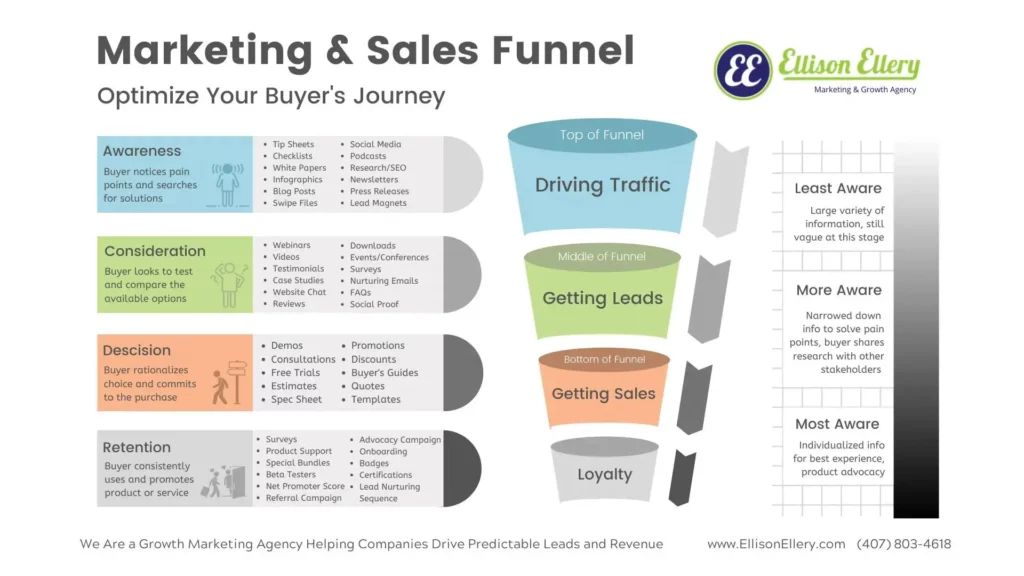
Many of the people who engage with your CTAs will likely be towards the top of the funnel, so you don’t want to push them to make a commitment they aren’t ready to make! Remember what we said about dating? Yeah, that’s right. Cool it.
Instead of pushing a sale, you want to create lead magnets that correlate to where the prospect is in the sales funnel. Ebooks, checklists, infographics, and quizzes are good examples of lead magnets that appeal to those near the top of the sales funnel, while something like a discount will resonate more with someone at the bottom of the funnel.
Most people don’t want to feel like they’re being sold on something, and if they feel pressured to make a purchase, it may turn them away from your business. More often than not, these people are just looking to get information that will make them better buyers.
Take a look at the examples of the Magnet Remodeling CTAs up above. They aren’t incredibly salesy, but they deliver on what users are looking for!
Creating Quality Content (For the Right Audience)
When you create great content, other websites will naturally want to link to yours. A large number of backlinks is strongly correlated to high search engine ranking and improves your website’s discoverability.
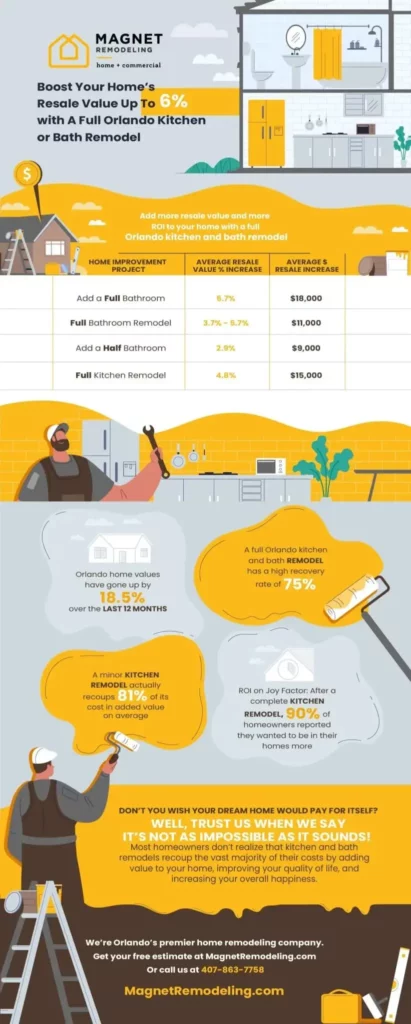
Infographics like this one are a great way to make your content stand out and make it easy for other websites to embed into their content—this infographic we created for Magnet Remodeling has been highly successful at enabling customers to gauge the return they can look forward to receiving on their remodeling investment.
However, in order to make content that truly stands out, you have to put in the effort! 500-word blog posts and lazy infographics simply aren’t enough. You have to take it a step further and create assets that people genuinely want to engage with!
Blog Posts Are Still A Thing
The impact that blog posts have on your inbound traffic is too significant to be ignored. The more blog posts you can produce on a monthly basis, the more likely you are to get traffic. That’s why we began publishing weekly blogs for Magnet Remodeling, many of which are seeing consistent organic engagement!
These blog posts are an investment, and they should be treated as such! Don’t be discouraged if you don’t instantly see a return on your investment. The time will come when you begin to see results, but even then, you can’t drop the ball on your blog posts.
Even after you see an uptick in traffic, you must continue to produce high-quality blog posts regularly. Unfortunately, companies often reach the point where they begin to get a return on blogging and decide to invest their money in other avenues once they’ve gotten “the payoff.”
If these posts begin converting into sales and revenue, then it’s the time to double down on your investment, even if your cost-per-lead or cost-per-acquisition goes up!
Building trust is a large part of ensuring the success of your blog. Google considers expertise, authority, and trust (commonly referred to as EAT) when ranking page results, and a well-groomed blog is a great way to showcase all three.
Another key is to include the author’s name and bio. This is an effective way to display your expertise and authority while building trust with the reader.
Blogs Keep Getting Longer!
Year after year, the average length of a blog continues to increase. There was a time when you could get away with an 800-word blog, but that’s no longer the case.
Today, the average length of a blog post is over 1,400 words!
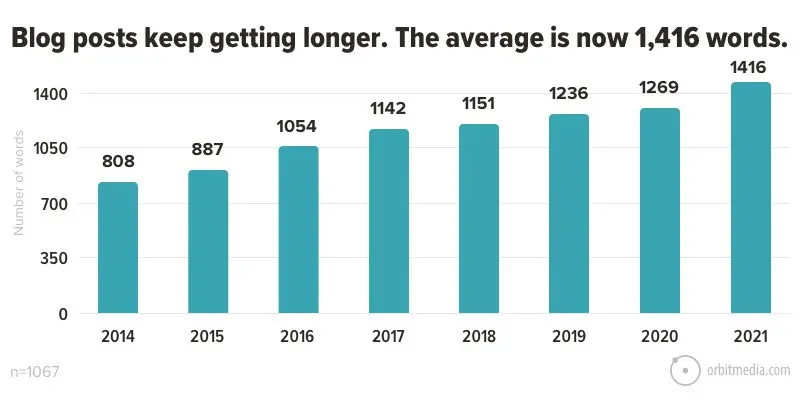
Words alone won’t cut it though. So throughout your blog posts, you also need to include images, infographics, videos, and lists! According to Semrush’s State of Content Marketing 2022 report, including 1-2 lists per 500 words has been proven to get 68% more traffic than those without!
This is because many viewers do not take the time to read every word of your blog posts. To retain their attention and keep them on your page, you have to make easily skimmable content.
If your blog posts come across as long and boring essays, your viewers likely won’t make it past the first paragraph… let alone all the way to the end!
Optimize Your Videos and Images
Videos are important to include in your blog posts for the same reason lists are. Viewers want to visit a page, learn what they came for, and continue with their day.
In fact, blog posts containing videos attract 48% more views than blogs that don’t.
In addition to a video, your blog posts should also contain lots of images! Images serve as a buffer between your copy and break up walls of text to increase how skimmable your blogs are.
However, adding images to your blog takes more effort than just dragging and dropping from Google. Once you’ve identified which images you’d like to include in your post, you’ll need to run them through a photo compression tool like Squoosh to reduce the file size. This is important to prevent your images from slowing down your website.
Once these images have been compressed, you’ll want to optimize them for Google. Instead of simply naming them “file1, file2,” etc., you want the name to describe what the image is. For example, If you’re going to include a photo of red tennis shoes, you’ll want the file name to be something like red-tennis-shoes.webp. The alt text is also important, both for SEO and for making your site more accessible.
Naming your photos accordingly gives them the opportunity to show up in Google image results, which will increase the likelihood of someone visiting your website.
Landing Pages and Paid Search
Landing pages refer to the pages people are sent to after clicking on a paid ad. These pages differ from your standard homepage for a few reasons:
- Landing pages are designed specifically for conversion
- They tend to be more segmented (focused on a single product/audience)
- Forms and lead capture will be displayed prominently
If someone were to search “Home remodeling in Orlando,” for example, a paid ad would appear. That ad would then lead to a landing page when clicked. These paid ads include CTAs, phone number, and address to give the viewer every opportunity to reach out.
There’s a reason why Google makes so much money year after year on paid ads: because they work! When someone searches on Google, they are generally very high intent, meaning they are looking for something specific. They have a problem, and they’ve turned to google for solutions.
These people are much lower on the sales funnel because their search results indicate that they are actively searching to make a purchase. This is why companies are willing to pay so much to appear first in search results!
However, before you jump into spending money on paid ads, you need to ensure you won’t be lighting money on fire! This is where Conversion Rate Optimization (CRO) plays a huge role.
Tools like Hotjar or MouseFlow are excellent resources to determine how people engage with your landing page—making it easier for you to make the proper adjustments to get the best results possible.
Another important factor to consider is mobile optimization. Today, 63% of Google’s organic search traffic comes from mobile devices. So if your website isn’t properly optimized for mobile, you’re going to miss out on potential customers!
Check out our free sales tips sheet for a comprehensive list of tips to boost your sales!
Videos Are Crucial in Landing Pages
Just like with blog posts, incorporating videos into your landing page significantly increases your chances of conversion.
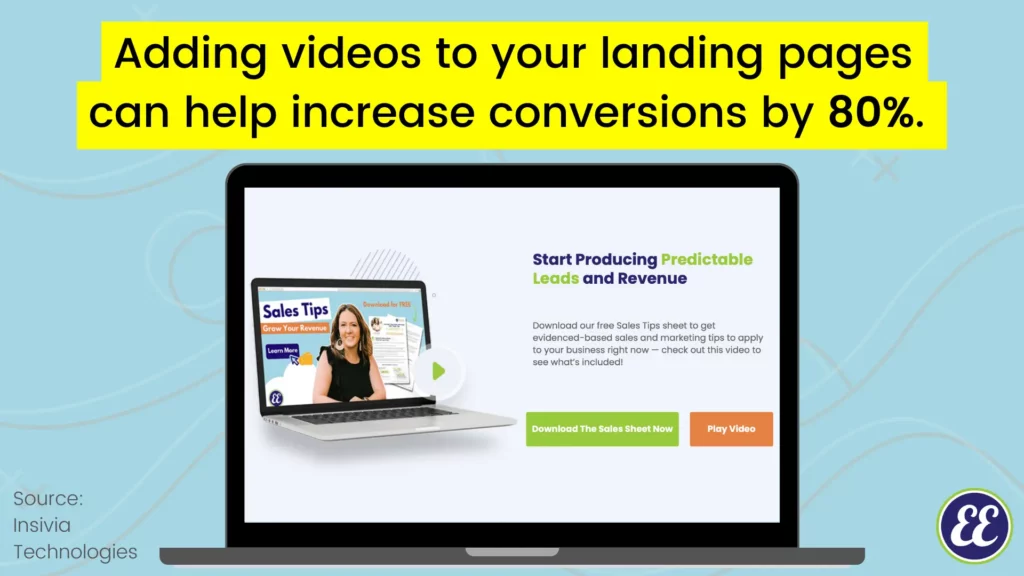
Whether you include a video or not, your cost-per-click will remain the same, so why not use every tool at your disposal to convert those clicks into customers? Ultimately, results are what matter, so your landing pages should always take best practices into account.
Here’s a list of video editing tools that are easy to use and can help you produce quality video content:
If you still aren’t confident in your editing skills, you can consider hiring a freelancer on sites like Fiverr or Upwork to find a video editor at an affordable cost!
Social Media
Just as your landing pages have to cater to a specific audience, your social media presence should be mindfully designed to reach that platform’s users.
For example, Facebook users tend to have very high awareness and respond best to mini-conversions. They’re not looking to schedule a demo straight from Facebook; your goal is to find one little thing you can give them in exchange for a click. That means your offer has to be high on value and low on effort.
Examples of strong offers include:
- Ebooks
- Quizzes
- Templates
- Blog posts

Remember: most people aren’t going on Facebook with the intent to spend money. More often than not, they want to check in on friends and family, laugh at a few memes, or pass the time while they wait in a lobby or in the car. If you want to engage with these people, you need to adapt to their mindset.
In other words, your ads need to grab their attention in three seconds or less.
Other platforms, like Twitter and TikTok, have strict character limits that you’ll have to consider when deciding how to communicate your message, and LinkedIn tends to have a much more professional audience whose mindset and intentions are considerably different than more casual platforms like Facebook and Instagram.
No matter which platforms you choose to advertise on, you’ll have to strategically test and implement your ads on each platform to best cater to their audiences. Go back and determine what’s working and what isn’t across the various platforms. Figure out what’s converting and whether you can track your leads all the way through the sales process—at the end of the day, always remember that revenue matters more than lead generation!
Newsletter Sign up!
Get our best content on digital marketing in your inbox 2 times a month

Marketing Automation = Free Money
Now that you’ve optimized your marketing strategy and polished every detail, it’s time to set up marketing automation. Marketing automation takes the weight off your shoulders by automatically responding to inquiries, setting up meetings, sending emails, and more!
Besides making your life easier, marketing automation also allows you to quickly respond to customer inquiries no matter what time or day of the week. Automation sequences can be customized to respond to inquiries at predetermined times or to reply differently based on the prospect’s interests.
In the case of Magnet Remodeling, we set up ActiveCampaign, a Customer Relationship Management service (CRM). Personally, we prefer to use HubSpot, but if your business is not large enough to justify the cost, Active Campaign is a more affordable option that has worked great for our clients!
We also set them up with Calend.ly, an online scheduling tool that makes it easy for your clients to schedule an appointment without the awkward “are you available next Tuesday?” conversation. (We’ve all been there.)
Just like every other step of the process, you have to adapt your emails to fit where these people fit into the sales funnel. We’ve all been bombarded with unwanted company emails, and very rarely do these pushy email bombs convince people to purchase from that brand.
Remember, most of these people are not prepared to make a purchase right this second! Too often companies send emails specifically targeting active buyers. Studies conducted by Sticky Branding have shown that only 3% of potential buyers are in the market to make a purchase right now.

What you want to do is create a value exchange.
If prospects don’t find your communications valuable, they’re likely to unsubscribe or leave your messages unopened. However, by engaging with the customer and providing valuable resources like entertainment or information, they’ll not only read your emails but look forward to receiving them!
If you’d like to learn more in-depth about how you can increase your sales-to-win ratio with marketing automation, check out the resource section of our website and download our free list of sales tips to make the most of your marketing automation!
Automation Improves Speed-to-Lead
When a buyer responds to your CTA, time is of the essence. The goal is to respond to their inquiry within five minutes. You are 100x more likely to connect with a lead and 21x more likely to qualify a lead if you contact them in under five minutes.
Obviously, it’s unrealistic to expect a human to manually respond to inquiries within five minutes 24/7. This is why marketing automation is so important! However, with the proper automations in order, your potential buyers will receive timely responses from you at any time of the day without any extra work on your part.
You don’t have to limit yourself to emails; you can also set up automations to reach out to buyers via phone call, text, or chatbot. It depends entirely on which approach your buyers respond best to.
Touchpoints Make A Difference
The more communication channels (or touchpoints) you have with your clients, the better!
A touchpoint is simply the vessel you use to communicate with your audience.
These can take the form of:
- Emails
- Texts
- Phone calls
- Social media platforms
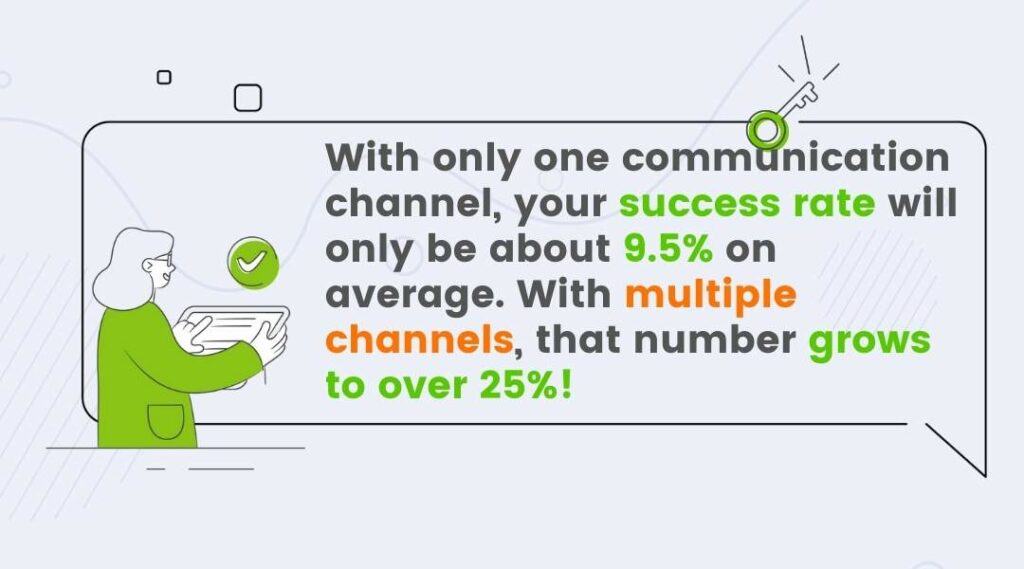
With only one communication channel, your success rate will only be about 9.5% on average. However, with multiple channels, that number grows to over 25%!
Inactivity Triggers
Inactivity Triggers are tools provided by CRM services that are often underutilized. Unlike active triggers that are set up to respond when a buyer does something, these triggers send out messages when a buyer hasn’t done something.
If your buyer filled out the form but hasn’t scheduled a call, you want to send a message to move them along in the process!
Be Persistent (But Not Annoying)
While you definitely don’t want to annoy your buyers, it’s still important to be persistent! For sales reps, best practice suggests you should make six phone calls per lead over the length of your cadence to put your chances of contact up to 90% (Just remember to send emails too.)
Welcome Emails
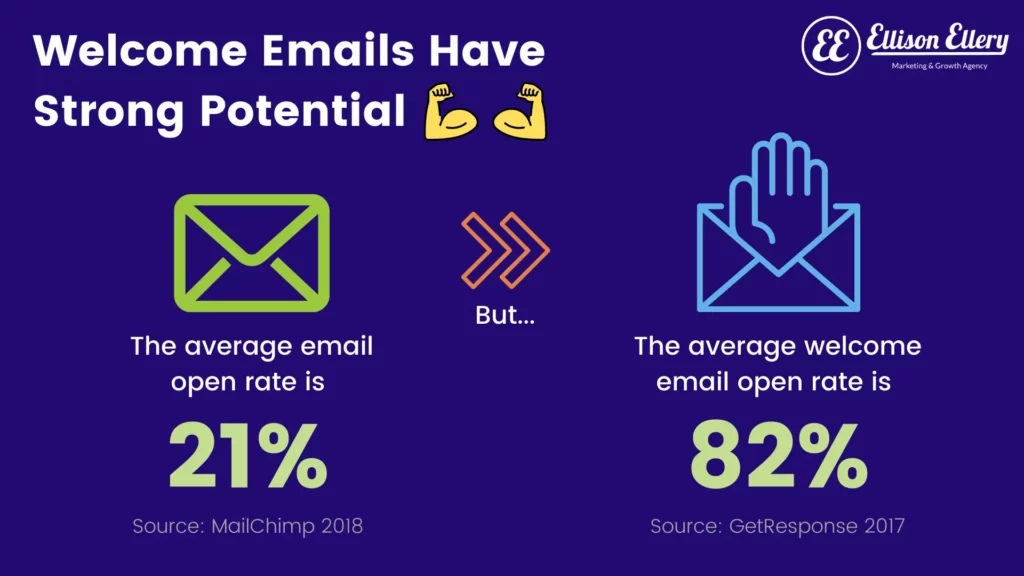
Welcome Emails have strong potential!
The key is to have a strong subject line that makes recipients want to open your email. And don’t be afraid to show personality. After all, you are selling to a human, so don’t refrain from using your favorite emojis!
If your emails sound like they came from a robot, they’re not going to perform well. Instead, use this welcome email as an opportunity to convince your recipients to open your next emails! Using generic, conventional scripts is a wasted opportunity to truly connect and relate with your buyers.
Email Delivers Strong ROI

Typically, people tend to drastically underspend both their money and time when it comes to email marketing. This is because too little thought goes into the critical details like subject lines, creative design, videos, third-party validation, testimonials, or what story they will tell. As a result, their email marketing never reaches its full potential.
The process is much more involved than simply sending out a low-effort email. Every detail must be polished to fit into your content strategy. Before sending out an email, you should ask yourself what you’re really trying to communicate, and if you’re helping the buyer along the customer journey.
For reference, here are some emails we constructed for Magnet Remodeling!

Don’t Drop the Baton
Arguably the most important part of the process is the baton pass. Humans make mistakes on a regular basis, and something as simple as forgetting to follow up on a lead can cost a company hundreds of dollars! To eliminate these human errors, you’ll want to set up your CRM to notify them when they haven’t completed the next activity.
If a rep engages with someone, but the next step isn’t completed, customizing your CRM to kick back in after a set amount of days is an extremely important step to ensure you’re not throwing money down the drain!
We Hope You Learned A Lot!
We covered a lot of ground in this post. But if you’ve stuck around this long, you obviously care about the success of your business. We hope the information we shared with you today helps you on your journey to growing your business by modernizing your marketing!
Hopefully, you’ll be walking away from this feeling like a true marketing superstar! Head on over to our results page to see how we implemented these strategies to help our clients grow their business!
If you want to hear what else we have to share, take a look at our other free marketing resources ranging from blog posts and quizzes to videos and guides!




